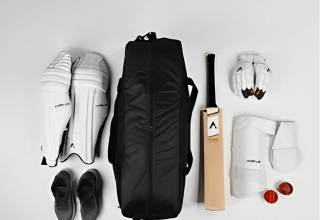Starting With The Numbers
First and foremost, you need to consult a doctor to figure out what you can handle. If you’re in Portland, you might see a Portland sports medicine doctor; check locally wherever you are for the best athletic health advisors in your area. A marathon is twenty miles, and you want to be prepared.
Following are some numbers to think about. If you run a ten minute mile in your late twenties to early thirties, you’re going to burn about 130 calories depending on your age and size. That’s about 13 calories a minute. Twenty miles at that rate would take you three hours and twenty minutes. It would burn 2,600 calories.
Daily intake of calories is reckoned at an average of 2,000 a day. Women are usually going to be under that average, men above it—age and size will, again, play a big part of average caloric intake, and what’s healthy for your body.
You may be surprised to realize that you can run the “engine” of your “body” more lean than has been conventional wisdom. Also, a lean mixture has its advantages. Rich “fuel” clogs your arteries.
A Bit Of Contrast
During BUDS training, Navy Seals burn 6,000 to 8,000 calories a day—again, depending on age and size. The point is to get everyone in not just the shape of their life, but the best possible shape they could be in. At that rate, a top-tier Navy seal could conceivably run 3.07 consecutive marathons at 6 miles an hour; that’s over sixty miles, and nine hours straight.
Now likely, you don’t need to be in quite that good shape to run a marathon, but these ratios should give you some perspective. Getting in shape good enough to run a marathon is something anyone can achieve. Ultimate human potentiality maxes out physical strength at surprising heights. Perhaps no human has fully reached their fullest potential yet.
A marathon is a great first step, and to work your way up to where three hours’ continuous physical activity can be pursued, you need to take some time. Prepare your meals to deliver maximum nutrition and minimum empty caloric intake. Depending on your size and existing level of health, you’ll need to either eat more or less every day.
If you are losing weight, then you want to consume fewer calories than you ultimately use. Just standing will burn over a hundred calories in a man of 180+ pounds. In a day, a 1,000 calorie workout can be coupled with perhaps an additional 500 or 600 calories in regular activities.
Pushing Yourself In Increments You Can Handle
What you’ll want to do is keep pushing yourself incrementally, and work out daily. Start out with 20 minutes a day, five days a week. Take the weekend off to let your body heal. The next week, do 25 minutes a day. The week after that, 30. Work your way up to an hour, then incrementally increase the rate at which you work out.
If you’re doing six miles an hour inside two months, push the treadmill until you’re doing seven miles an hour. Pushing it to ten will be difficult, and may take a year or two for you to achieve. Or, you could get there quicker provided you eat right and exercise regularly under the tutelage of a medical professional, as was mentioned at the start of this writing.
Lastly, don’t discount the power of your will. One of the reasons technology is so bad for mental health in high doses is because it saps the will. Pushing yourself is painful, but as the saying goes, no pain, no gain.
Yet for the most part, this is a mind game; and getting to marathon status requires understanding that your mind isn’t a prison, and neither is your body. With a strong and well-established will, you can push through to heights you didn’t even know you could reach.











